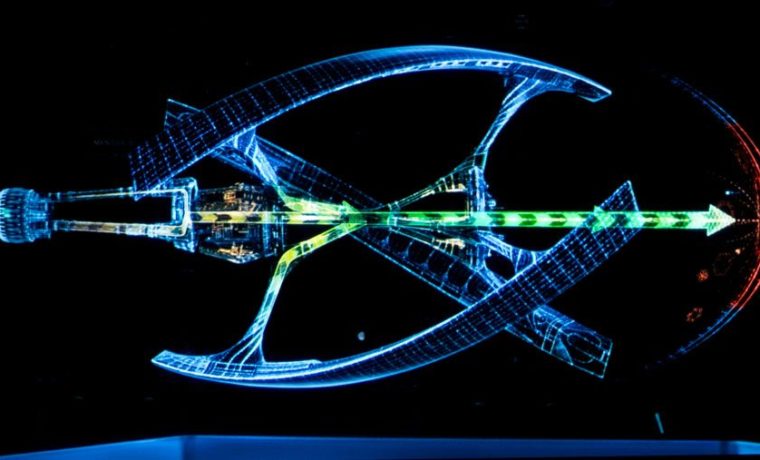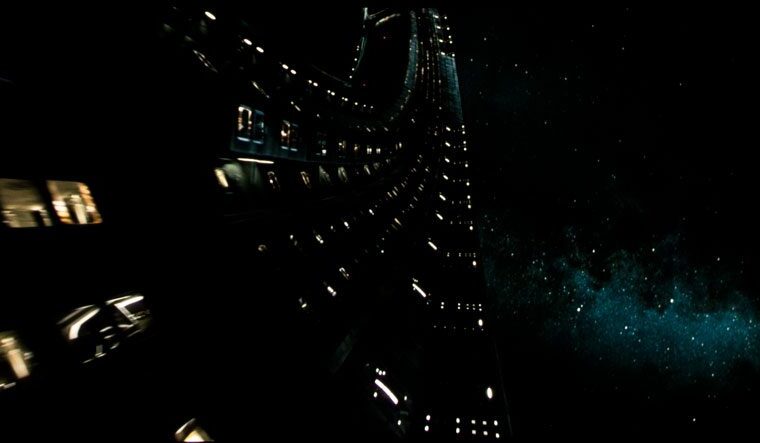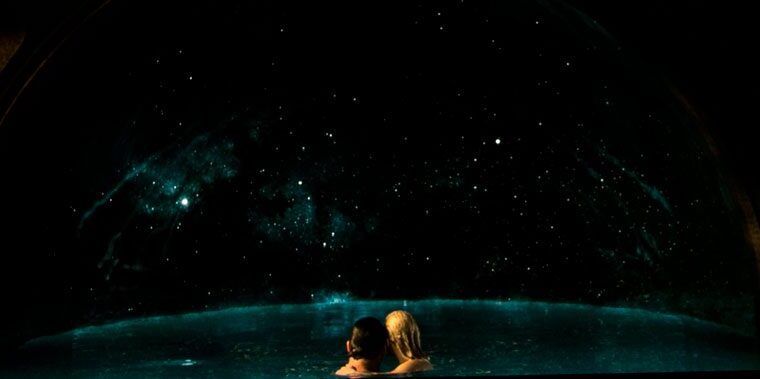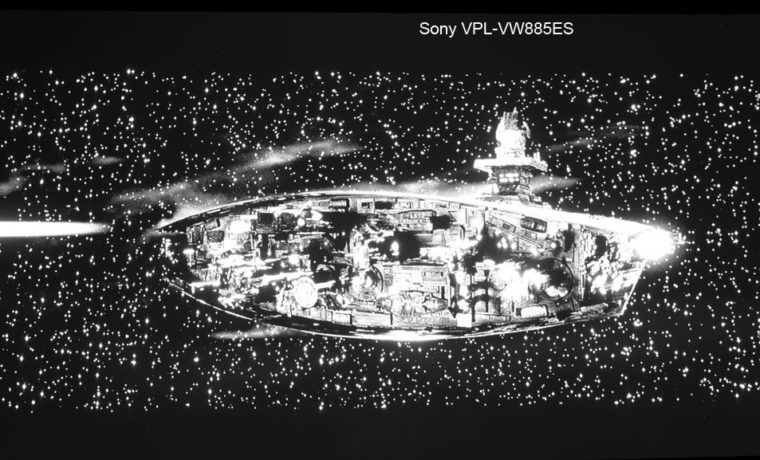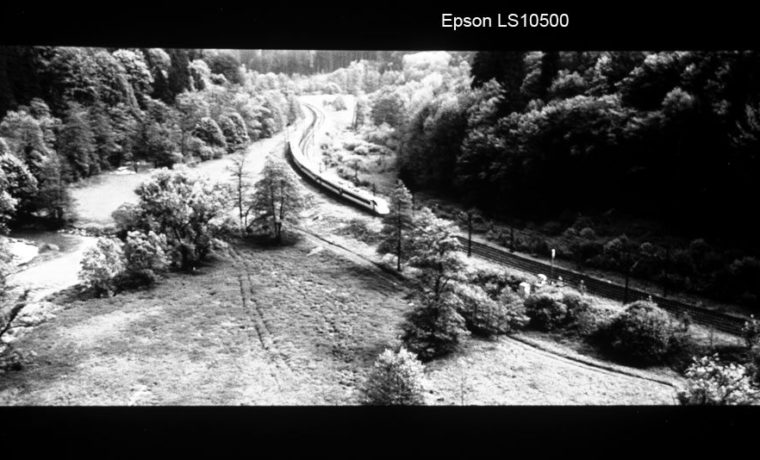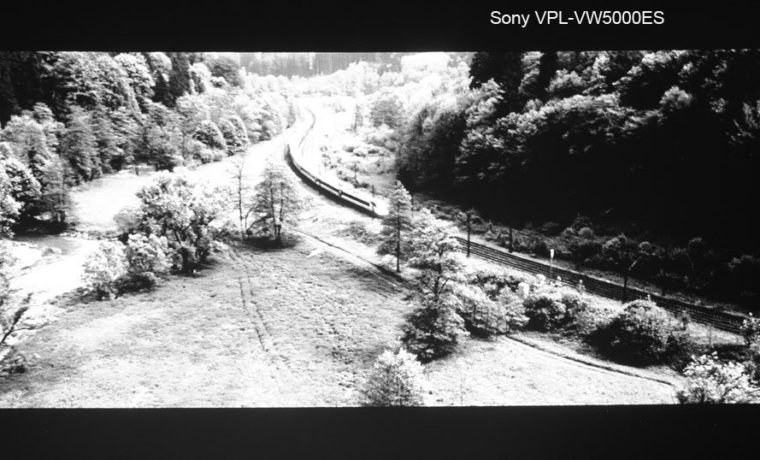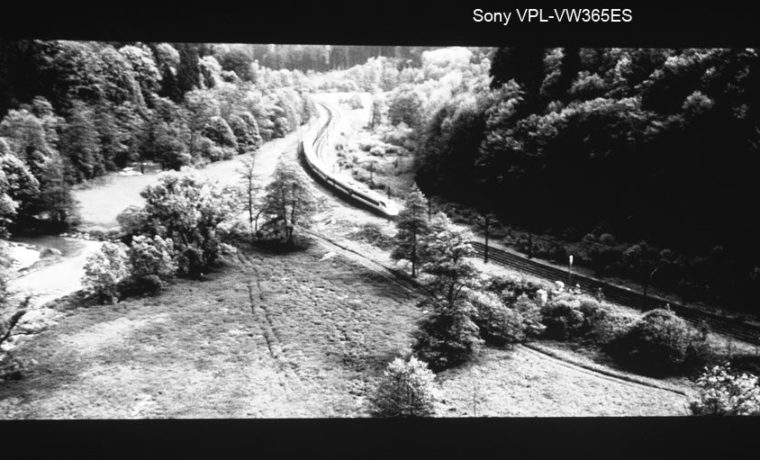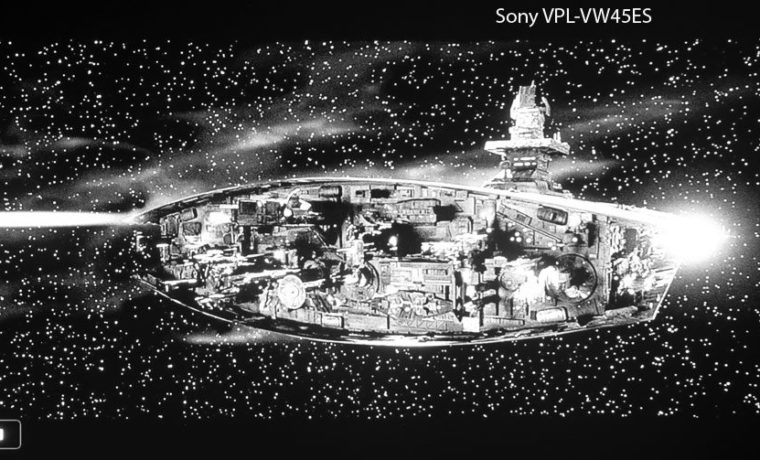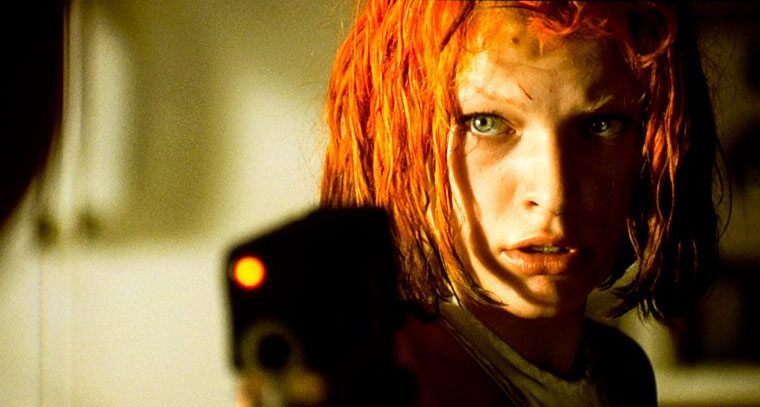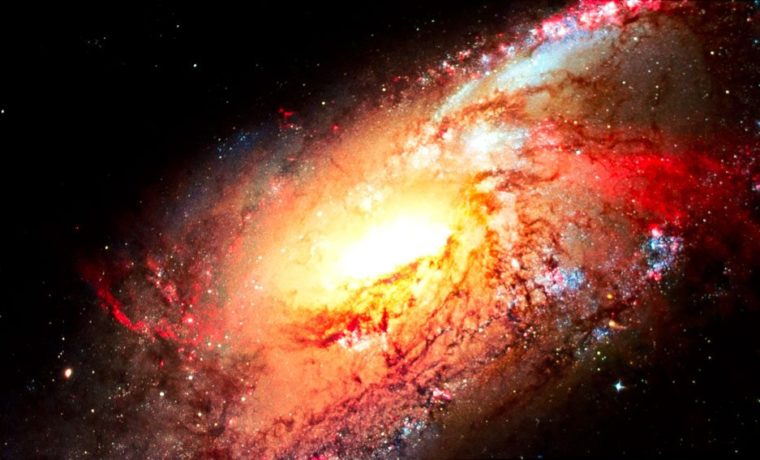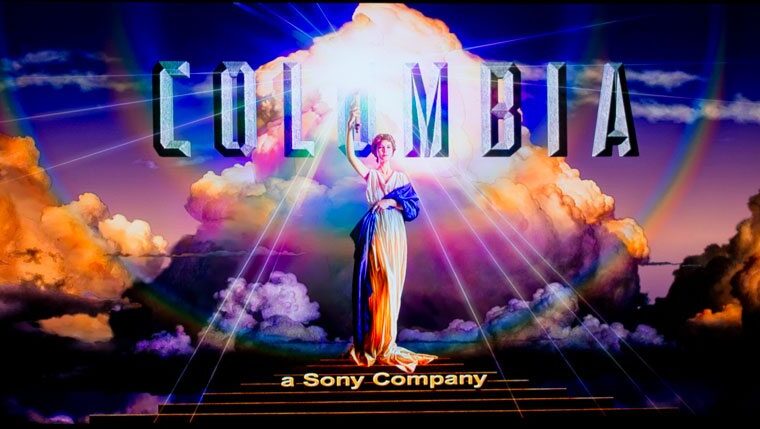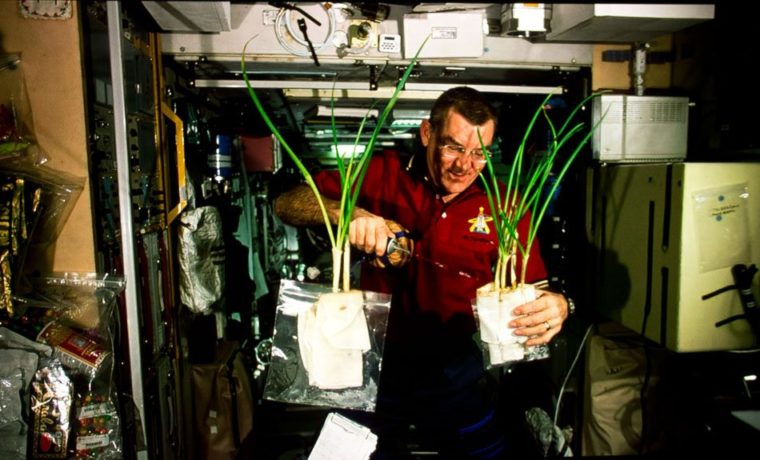Excellent! I was thrilled with the Sony’s skill set and, especially, for what they have done. Sony is using their laser light engine as a dynamic iris. Hooray! I’ve been campaigning since the first laser and led engines appeared that they take advantage of the fast speed of a solid state engine to let it brighten and dim at high speeds the same way a dynamic iris works.
The images in the player above. First are four images from Passengers (4K, HDR, BT.2020) - as I love my CGI sci-fi scenes. Next is a concert scene at dusk from HDTV (Paladia). That's followed by a grayscale, overexposed starship from The Fifth Element, although this time it's from the 4K Blu-ray UHD disc. (I just got that disc!).
After that is a sequence of grayscale converted, and intentionally overexposed images of the same frame, first taken with the VW885ES - the Bond "night train" scene from Casino Royale, followed by the same scene from a few competitors and most other Sony 4K and 1080p projectors. The "competitors" include the Epson laser projector, their 5040UB (best in its class at black levels), and a JVC. As you can see, from the differences, only two of the others can best the VW885ES. The very best - is the JVC which is last. Even overexposing so much that most of the scene is blown out whites, the letterbox is still near black.) The only other to beat this Sony is Sony's own flagship, the VW5000ES at $60K. In a perfect world I could get all the exposures the same so that all the letterboxes were the same brightness, but that just isn't practical.
Bottom line: As I've been telling folks for years, no one can match the JVCs on black levels. (Hey, their only true 4K projector is $10,000 more than this Sony). But this Sony is the next best thing (after the VW5000ES. That's pretty awesome black level performance.
Sony’s implementation is impressive. Of course, it shuts down the laser engine when it encounters a black frame as most laser projectors do– including far lower cost projectors such as the Epson LS10500 laser projector (image above) (1080p pixel shifter). But, using the laser engine as a dynamic iris is still pretty rare.
Well, folks – it works. This VW885ES still won’t match the top of the line 1080p pixel shifting JVC, and I assume also not match JVC’s $35K laser projector either, but it’s black level performance is first class. It’s not just black level performance I can live with, but performance in general that I am very happy with. Excellent!
I assume JVC’s more expensive projector will have the advantage in a straight black level comparison, but the Sony should be close enough for almost everyone who cares, that other factors will dominate a decision.
Bottom Line: The Sony VPL-VW885ES has the best black level performance I’ve seen yet, other than JVC, (or an old style CRT projector). Well done!

